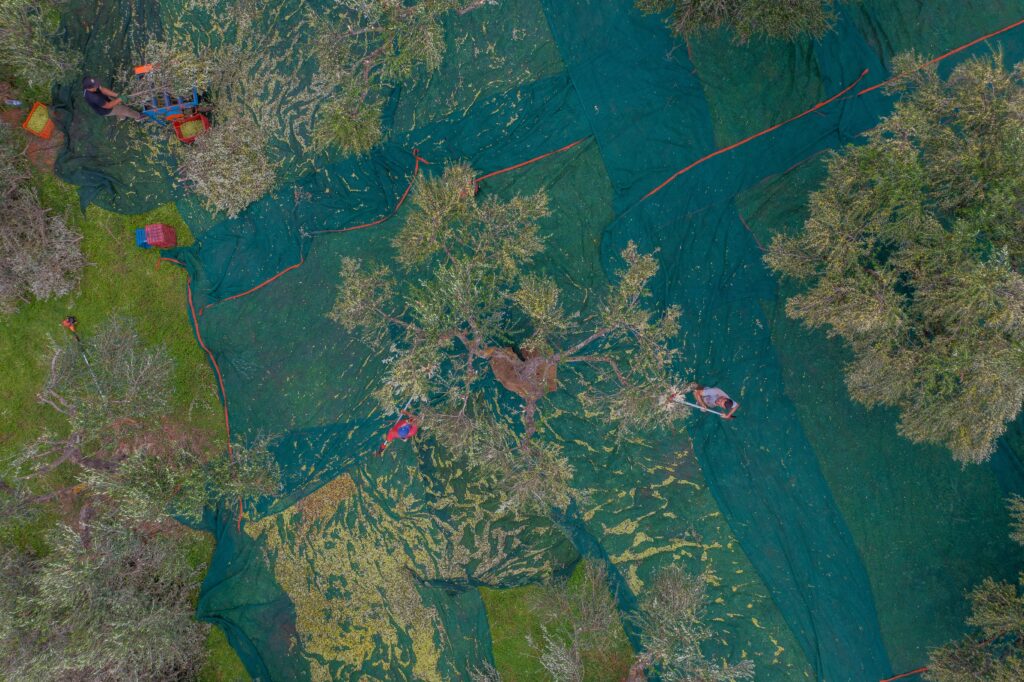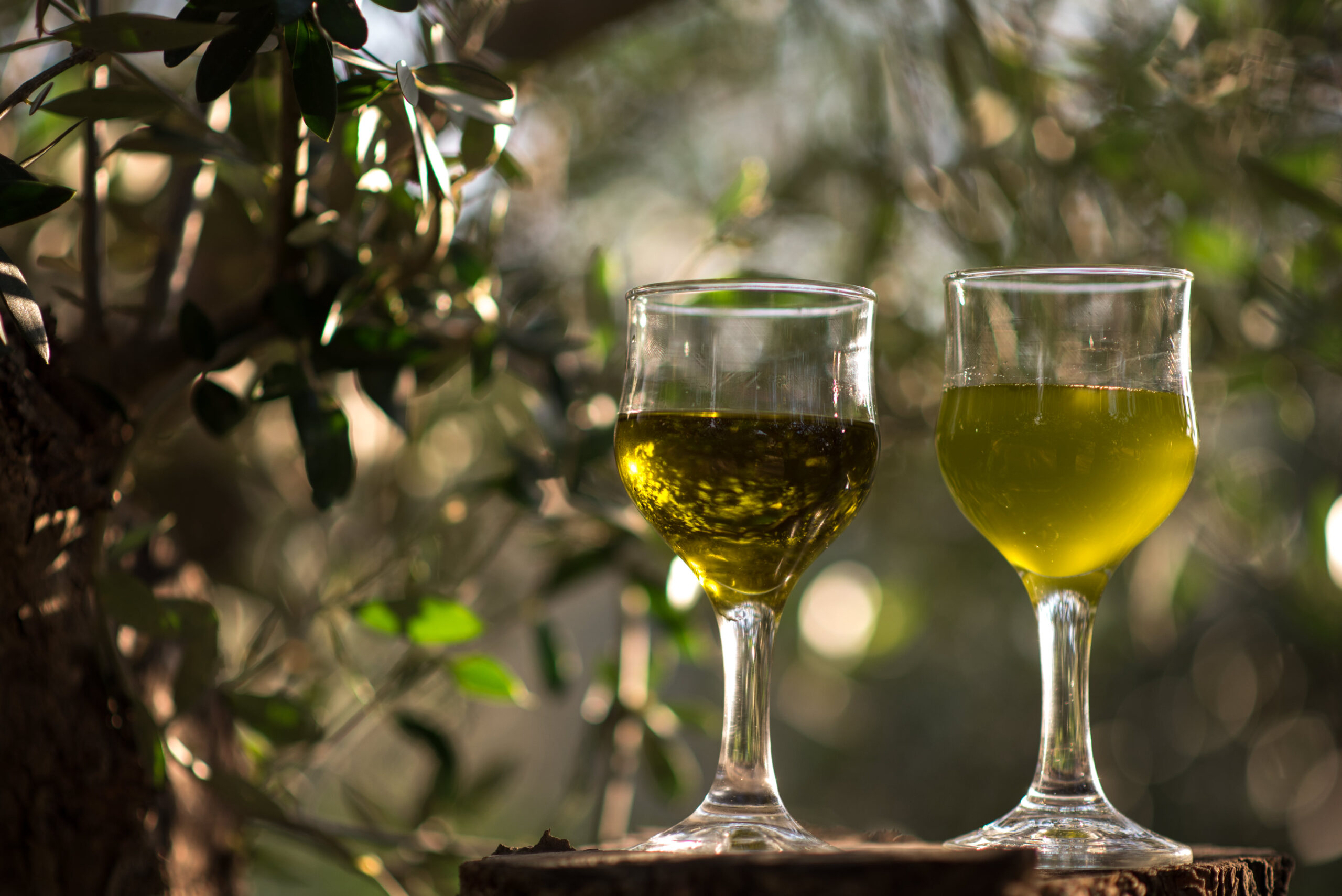Shopping Bag
No products in the cart.
Olive trees are by nature a hardy, tough plant that can grow in places with low fertility ground or poor conditions. However, in climates such as the Mediterranean, where temperature variations are mild and the sunlight exposure is high, olive trees thrive. In our groves, we have strategically planted the trees to specific locations in order for every tree to get the maximum sunlight exposure, protecting it from cold winter winds and allowing water to get absorbed by the ground naturally, without creating any puddles.
Every January, right after the harvest period, we fertilize olive trees with certified fertilizers according to the needs of the trees. In March, we start the pruning process. Pruning improves the air circulation among the brunches, it exposes them to even more sunlight and helps control infestations from pests or diseases.

Between October and January, that the fruit is mature, it is time for harvest. Our trained staff carefully collects the olives and places them in crates that allow them to “breathe”.
At the end of each day, we transfer the fruit to the olive pressing unit for same-day processing. The olive oil produced is then filtered in a special way without the use of chemicals, thus ensuring excellent quality in the product. This particular way of filtering is a family patent and is currently in the process of being registered.
Watering the trees and implementing an irrigation system is a complex procedure. Taking into consideration the terrain of our groves and the amount of water needed by this particular olive cultivar, we have implemented a tailor made system of dripping pipes, to cover our needs. The water goes directly to the roots, without getting in contact with the trunk, therefore protecting it from the development of fungi or other humidity related organisms.
To protect our trees from harmful bugs, we monitor them by using specially designed traps that attract the bugs into them, instead of the tree. In exceptional cases, we use certified pesticides.







Our story starts in 1917, when our great grandfather, Athanasios Nikolopoulos, started cultivating our first olive trees. His aim was to cover the yearly family needs for olive oil. Each of the following generations continued the cultivation and in 1974, the third generation decided to perform some radical changes regarding the way and the whole philosophy behind cultivation.
Our story starts in 1917, when our great grandfather, Athanasios Nikolopoulos, started cultivating our first olive trees. His aim was to cover the yearly family needs for olive oil. Each of the following generations continued the cultivation and in 1974, the third generation decided to perform some radical changes regarding the way and the whole philosophy behind cultivation.

